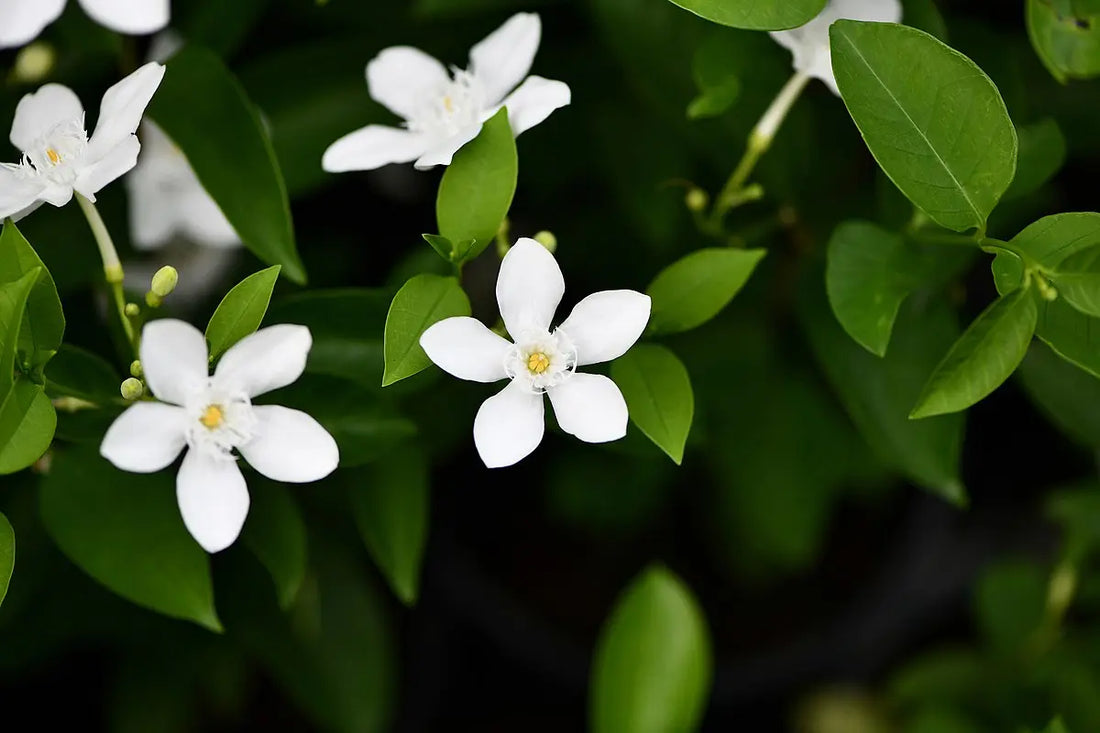Indrajav Holarrhena Pubescens, also known as Kurchi or Tellicherry Bark, is a medicinal plant native to India. It has been used for centuries in Ayurvedic medicine for its numerous health benefits. In this blog post, we will explore the various uses and benefits of Indrajav, its other names in India, its potential side effects, how it should be taken, and some homemade remedies involving it. Additionally, we will answer 10 frequently asked questions about Indrajav and provide 20 SEO tags for easy reference.
What are the benefits and uses of Indrajav Holarrhena Pubescens?
Indrajav offers a wide range of health benefits due to its rich composition of alkaloids, glycosides, and flavonoids. Some of its key uses and benefits include:
- Relieving digestive disorders: Indrajav has been traditionally used to treat diarrhea, dysentery, and other gastrointestinal issues.
- Managing diabetes: Studies suggest that Indrajav may help regulate blood sugar levels and improve insulin sensitivity.
- Boosting immunity: The plant possesses immunomodulatory properties that can enhance the body's natural defense mechanisms.
- Reducing fever: Indrajav has antipyretic properties, making it effective in reducing fever and associated symptoms.
- Treating skin conditions: It can be used topically to alleviate skin infections, wounds, and itching.
What are the other names of Indrajav Holarrhena Pubescens in India?
Indrajav is known by various names in different regions of India. Some of its common names include:
- Kurchi
- Tellicherry Bark
- Conessi Bark
- White Angel's Trumpet
- Indian Indrajao
Are there any side effects of Indrajav Holarrhena Pubescens?
While Indrajav is generally safe for consumption, it is important to use it in moderation. Excessive intake may lead to certain side effects, including:
- Nausea and vomiting
- Abdominal pain
- Constipation
- Headache
- Allergic reactions in some individuals
If you experience any adverse effects, it is advisable to discontinue use and consult a healthcare professional.
How should Indrajav Holarrhena Pubescens be taken?
Indrajav can be consumed in various forms, including:
- Decoction: Boil the bark in water and drink the resulting liquid.
- Powder: Grind the dried bark into a fine powder and consume it with water or honey.
- Capsules or tablets: Available in standardized dosages, these can be taken as directed by a healthcare professional.
It is important to follow the recommended dosage and consult a healthcare practitioner before starting any new herbal supplement.
What are some homemade remedies involving Indrajav Holarrhena Pubescens?
Indrajav can be used in various homemade remedies to address specific health concerns. Here are a few examples:
- For diarrhea: Mix Indrajav powder with yogurt and consume it twice a day.
- For skin infections: Make a paste of Indrajav bark powder with water and apply it to the affected area.
- For fever: Boil Indrajav bark in water, strain the liquid, and drink it to reduce fever.
FAQs about Indrajav Holarrhena Pubescens:
- Is Indrajav safe for pregnant women?
While there is limited research on the safety of Indrajav during pregnancy, it is advisable for pregnant women to consult a healthcare professional before using it.
- Can Indrajav be used to treat malaria?
Indrajav has shown potential anti-malarial properties in preliminary studies, but further research is needed to establish its efficacy.
- Is Indrajav effective for weight loss?
There is no scientific evidence to support the claim that Indrajav aids in weight loss.
- Can Indrajav be used to treat liver disorders?
Indrajav has hepatoprotective properties and may help in managing certain liver disorders, but it should be used under medical supervision.
- Is Indrajav addictive?
No, Indrajav is not addictive.
- Can Indrajav be used to treat respiratory conditions?
Indrajav has been traditionally used to alleviate respiratory conditions like asthma and bronchitis, but scientific evidence is limited.
- Is Indrajav suitable for children?
Indrajav should be used with caution in children, and it is advisable to consult a pediatrician before administering it.
- Can Indrajav interact with other medications?
Indrajav may interact with certain medications, so it is important to inform your healthcare provider about any ongoing treatments.
- Is Indrajav effective for treating stomach ulcers?
Indrajav has shown potential anti-ulcer activity in animal studies, but more research is needed to determine its effectiveness in humans.
- Can Indrajav be used for dental problems?
Indrajav has antimicrobial properties and can be used in homemade mouthwashes to address dental issues like gum infections.
SEO Tags:
Indrajav, Holarrhena Pubescens, Kurchi, Tellicherry Bark, Conessi Bark, White Angel's Trumpet, Indian Indrajao, benefits, uses, side effects, homemade remedies, Ayurvedic medicine, digestive disorders, diabetes, immunity, fever, skin conditions, FAQ, pregnancy, malaria, weight loss, liver disorders, addiction, respiratory conditions, children, medication interactions, stomach ulcers, dental problems
